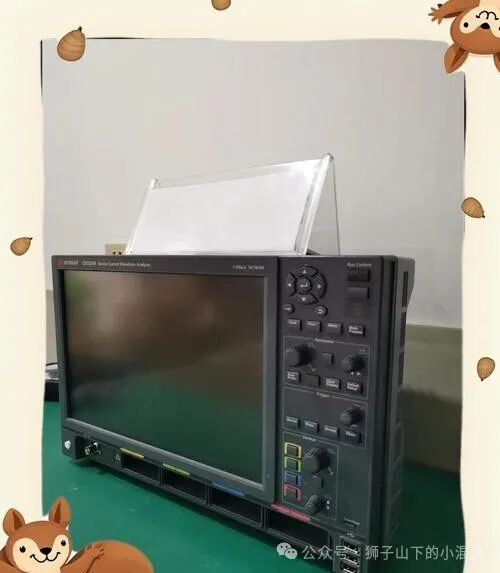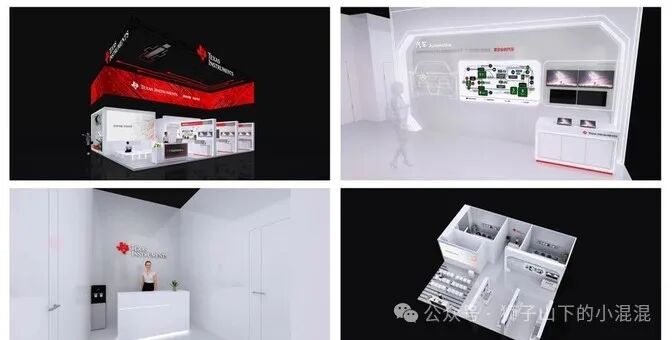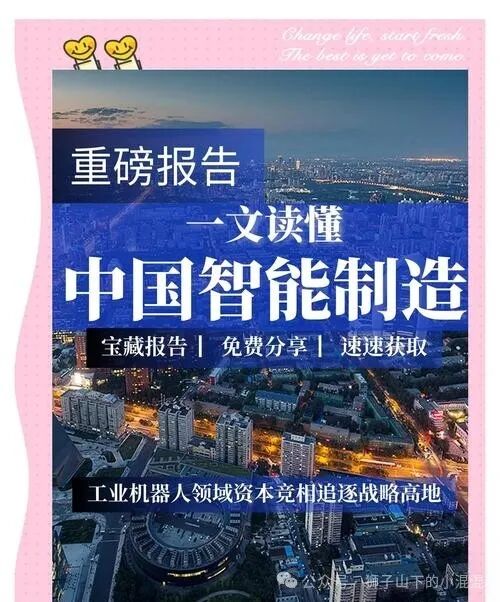Texas Instruments CEO Haviv Ilan made a statement during the earnings call that stirred the undercurrents of the global semiconductor supply chain. “If the Americans really ramp up the tariffs, our Chengdu factory is not to be underestimated!” said the Israeli executive, who leads the world’s largest analog chip company, while tapping his finger on the table. At that moment, the morning light of Wall Street in New York was penetrating the glass curtain wall, illuminating a confidential document marked “China Regional Capacity Planning” in front of him.
This seemingly ordinary quarterly earnings call concealed many intricacies. When analysts inquired about the potential impact of increased semiconductor tariffs by the US, Ilan’s deliberately slowed response was like throwing a stone into a calm lake—Texas Instruments indeed has six wafer fabs in the US, but the Chengdu manufacturing base, established in 2010, has quietly accumulated capabilities across the entire supply chain from wafer fabrication to packaging and testing. It is worth noting that in the analog chip industry, there are only a handful of companies worldwide that can handle 12-inch wafers.

Next door, Intel is busy investing $20 billion to build a new factory in Arizona, while Qualcomm is ramping up production capacity at its factory in Vietnam. Texas Instruments is indeed playing its “China card” skillfully; they are well aware that last year, one in every three power management chips used in China’s new energy vehicles bore the “TI” logo. If this business were to falter, Wall Street analysts could easily tear the company’s stock price apart.
The 8-inch wafer production line at the Chengdu factory may not match the advanced processes of the 12-inch fabs in the US, but their cost control is impressive. The yield from wafer cutting to the bumping process is stable at 99.2%, a benchmark that is commendable in the industry. Not to mention the more than thirty Dutch ASML DUV lithography machines in the factory, which can process enough wafers to circle Tianfu Square three times a day.

Looking back at the old records is even more interesting. When the US-China trade war began in mid-2018, Texas Instruments quietly increased the capacity of its Dongguan packaging factory by 20%. By 2020, when the pandemic caused global supply chain disruptions, the Chengdu factory managed to compress delivery cycles to 45 days, which is half a month faster than the industry average. These historical events have now become hard leverage for Texas Instruments.
Veterans from the semiconductor industry association see it clearly: “Texas Instruments is playing a ‘dual-active’ architecture.” Their RFAB2 wafer fab in the US has just started production, and they have maximized the capacity flexibility of their Chinese factory. This kind of dual strategy cannot be executed without decades of industry experience. It’s like the simple-looking water-boiled cabbage in Sichuan cuisine, which actually contains the essence of broth simmered for three days.

However, risk is like metal migration on a chip; it may seem insignificant but can be fatal. Last year, the $500 million upgrade investment in the Chengdu factory was still fresh, and there were already lawmakers in Washington clamoring to investigate “technology leaks.” The sputtering targets piled up in the factory warehouse must pass through two customs inspections for each batch, causing procurement managers to pray daily for logistics to go smoothly.
Ordinary consumers might feel that these industrial games are far removed from their lives, but if you look closely at the fast-charging chips in your phone or the metering modules in your smart electric meter at home, you might find that some of them came from the Chengdu factory. Not to mention those manufacturers of new energy vehicles, who now have to notify TI six months in advance when ordering battery management chips, fearing that any link in the supply chain might get stuck.

As the critical year of 2025 approaches, Texas Instruments’ performance of the “East does not shine, the West shines” play has set an example for the industry. Their Shenzhen R&D center recently hired over three hundred engineers, specializing in chip design for industrial automation. It is clear to discerning observers that this is an effort to deepen their roots in the Chinese market. After all, in the semiconductor industry, whoever can master manufacturing capabilities can draw more cards at the table.
As the sunset casts a long shadow of the Texas Instruments logo at their Dallas headquarters, the night shift workers at the Chengdu factory are loading the latest batch of power management chips for shipment to Shanghai Port. The production lines in these two locations, separated by twelve time zones, function like precisely meshed gears, driving the global electronics industry forward. Perhaps it truly reflects the old saying—conflicts in the chip industry are never a zero-sum game of black and white.